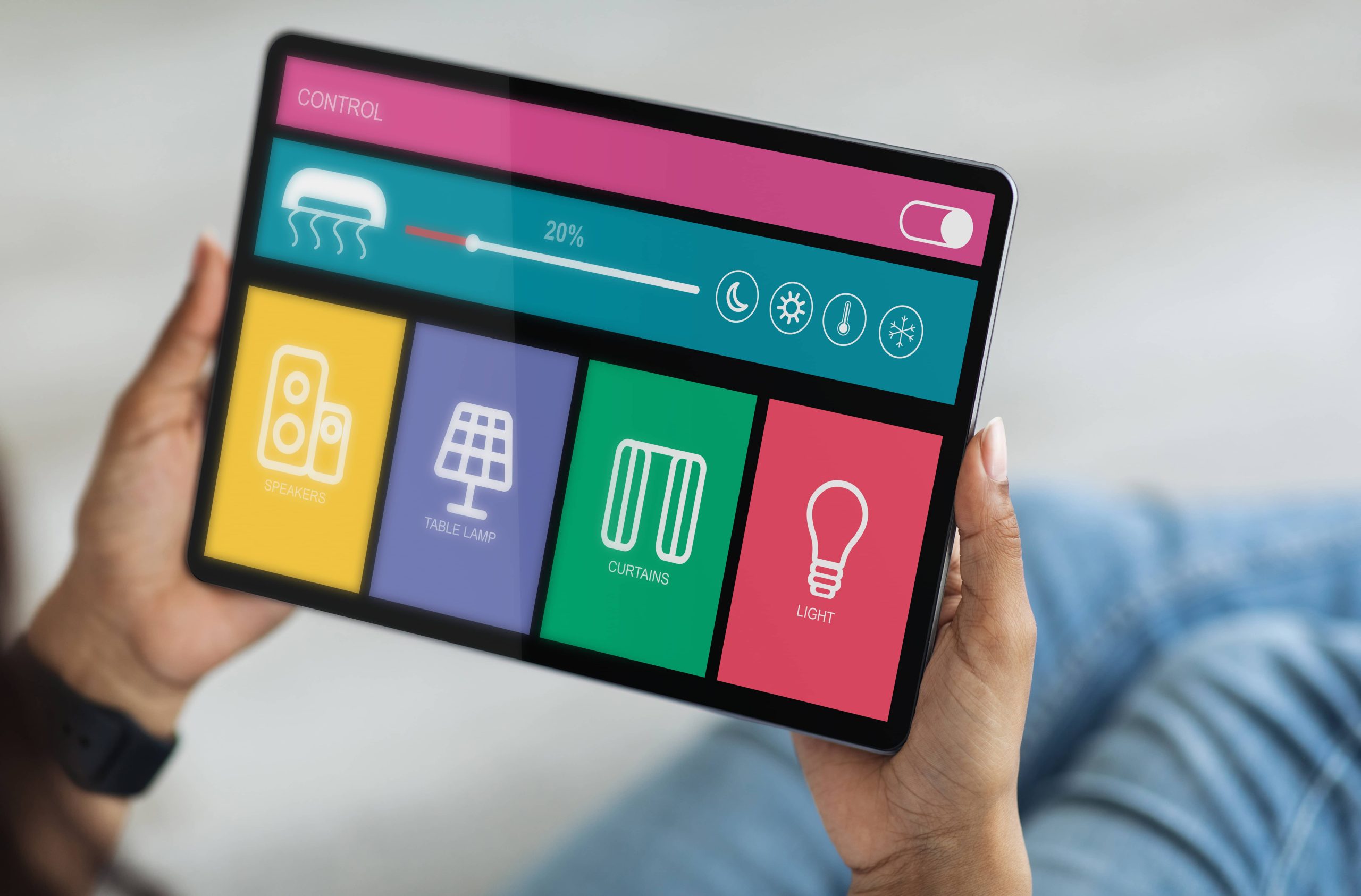
In the age of technology, the concept of a home theater has evolved from a simple TV and sound system setup to a sophisticated smart home theater experience. With the integration of smart devices, you can transform your living room into a cinematic paradise. This guide will walk you through the essential components and steps to set up the ultimate smart home theater.
1. Choosing the Right Display
The centerpiece of any home theater is the display. When selecting a TV or projector, consider the following:
– Size and Resolution: Opt for a screen size that fits your room. For TVs, 4K resolution is now the standard, offering crisp and clear images. If you have a larger space, consider an 8K TV or a 4K projector for a more immersive experience.
– Smart Features: Ensure your display has smart capabilities, allowing you to stream content directly from platforms like Netflix, Amazon Prime, and Disney+ without needing additional devices.
– HDR Support: High Dynamic Range (HDR) enhances the contrast and color of the display, providing a more vibrant viewing experience.
2. Sound System
A great picture deserves great sound. Here’s how to achieve it:
– Soundbars vs. Surround Sound: Soundbars are a compact solution that can deliver impressive audio quality. However, for a true theater experience, consider a surround sound system with multiple speakers placed around the room.
– Smart Speakers: Integrate smart speakers like Amazon Echo or Google Home to control your sound system with voice commands. Many smart speakers can also be part of a multi-room audio setup.
– Acoustic Treatment: To enhance sound quality, consider adding acoustic panels to your room. These can reduce echo and improve the overall audio experience.
3. Lighting Control
Lighting plays a crucial role in setting the mood for your home theater:
– Smart Lighting: Use smart bulbs or LED strips that can be controlled via an app or voice commands. Brands like Philips Hue offer a range of colors and brightness levels to match your viewing experience.
– Automated Scenes: Create lighting scenes that automatically adjust when you start a movie. For example, lights can dim or change color to enhance the ambiance.
4. Streaming Devices and Media Players
While smart TVs have built-in apps, dedicated streaming devices can offer more flexibility and features:
– Popular Options: Consider devices like Apple TV, Roku, or Amazon Fire Stick. These devices often support more apps and offer better performance than built-in TV apps.
– Media Servers: For those with large media libraries, a media server like Plex can organize and stream your content to any device in your home.
5. Smart Home Integration
Integrating your home theater with your smart home system can enhance convenience and control:
– Voice Assistants: Use voice assistants like Alexa, Google Assistant, or Siri to control your theater setup. Commands like “Start movie night” can dim the lights, lower the blinds, and turn on your TV and sound system.
– Home Automation: Platforms like SmartThings or HomeKit can automate your home theater experience. For instance, you can set up routines that adjust the thermostat, close the curtains, and start your favorite streaming service with a single command.
6. Seating and Comfort
Comfort is key to enjoying your home theater:
– Seating Options: Invest in comfortable seating like recliners or a sectional sofa. Consider seating with built-in USB ports or cup holders for added convenience.
– Room Layout: Arrange seating to ensure everyone has a clear view of the screen. If space allows, consider tiered seating for a more authentic theater feel.
7. Network and Connectivity
A reliable internet connection is essential for streaming high-quality content:
– Wi-Fi vs. Wired: While Wi-Fi is convenient, a wired Ethernet connection can provide more stable and faster internet speeds, reducing buffering during streaming.
– Network Security: Ensure your network is secure to protect your smart devices from unauthorized access. Use strong passwords and consider setting up a guest network for visitors.
Conclusion
Setting up the ultimate smart home theater involves more than just buying the latest gadgets. It’s about creating an integrated system that enhances your viewing experience while offering convenience and control. By carefully selecting your display, sound system, lighting, and smart home integration, you can create a space that rivals any commercial theater. Whether you’re watching the latest blockbuster or streaming your favorite series, your smart home theater will provide an immersive and enjoyable experience for you and your family.













